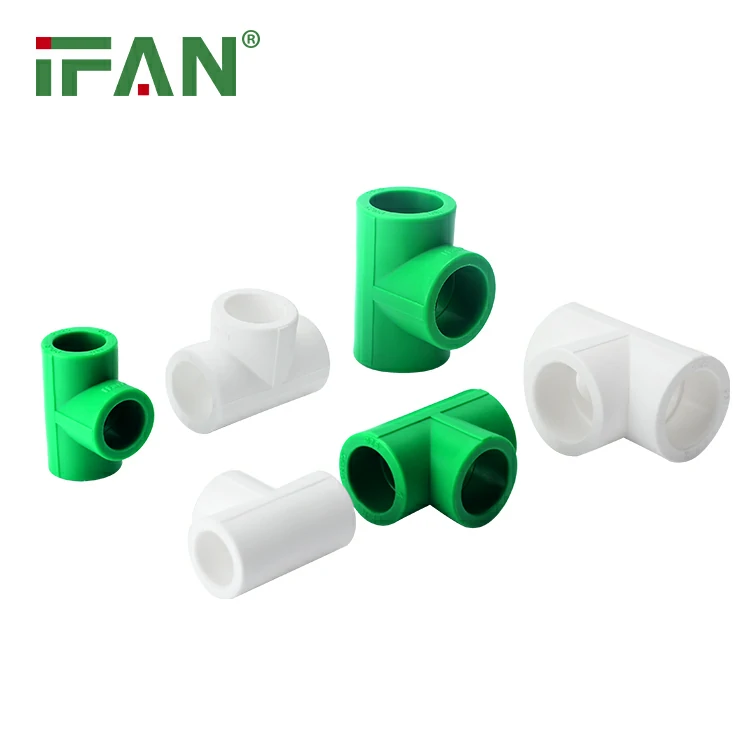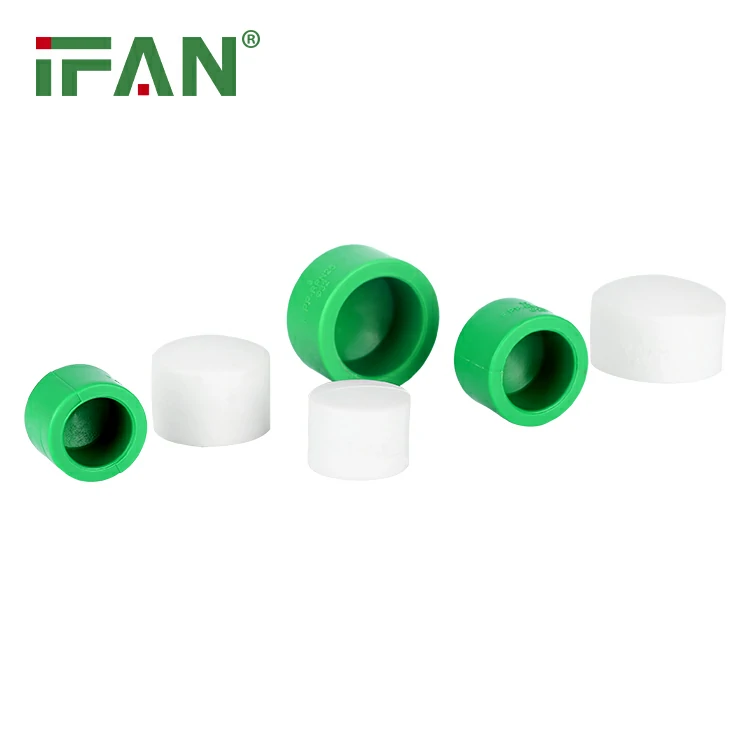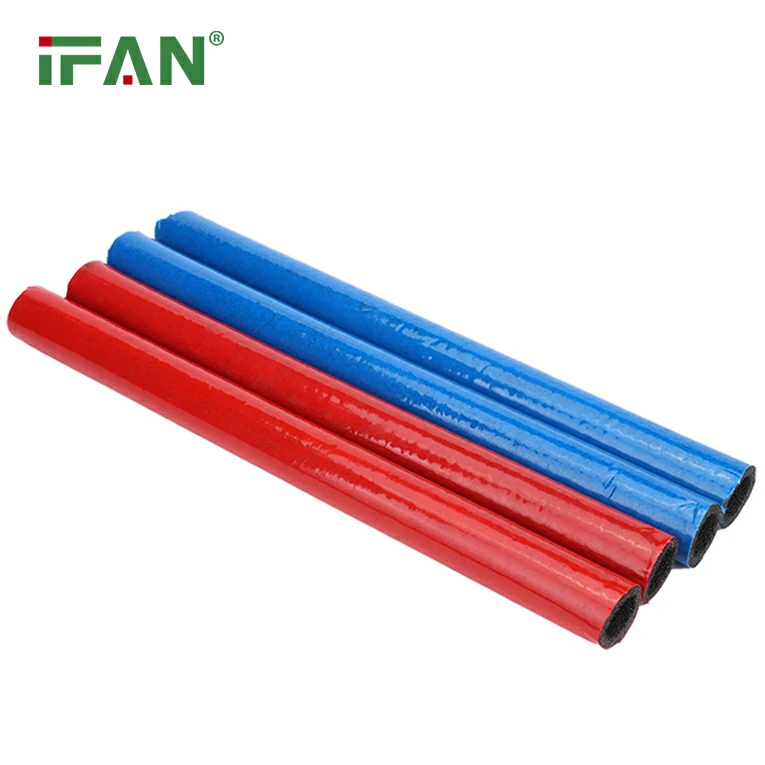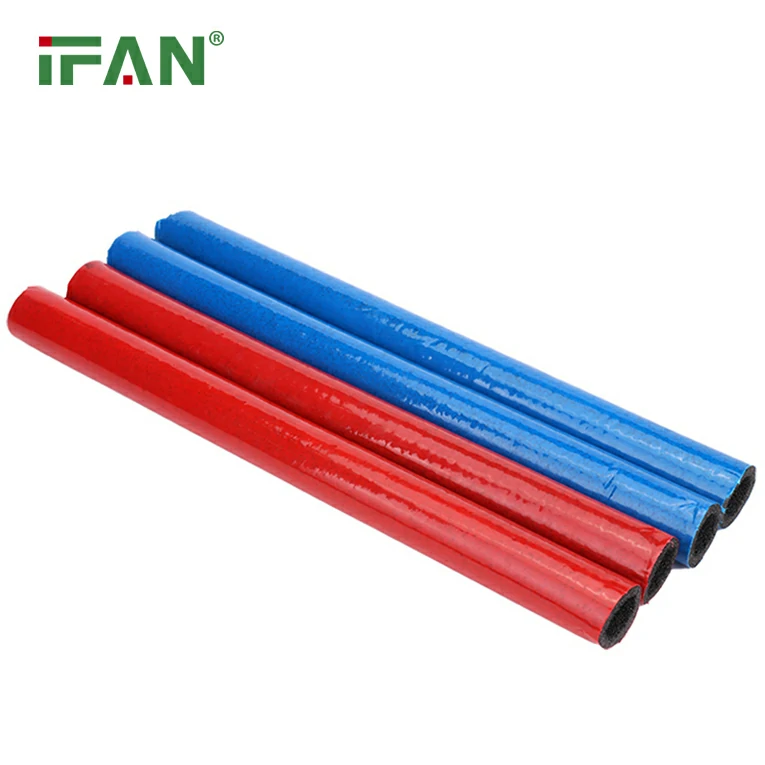Introduction :
PPR (Polypropylene Random Copolymer) pipes and fittings are widely used in hot water applications due to their excellent performance and durability. When selecting PPR pipes and fittings for hot water systems, it is essential to consider various factors to ensure optimal performance and long-term reliability. This article will discuss the key considerations for selecting PPR pipes and fittings for hot water applications, including material properties, pressure and temperature ratings, chemical resistance, installation requirements, and maintenance considerations.
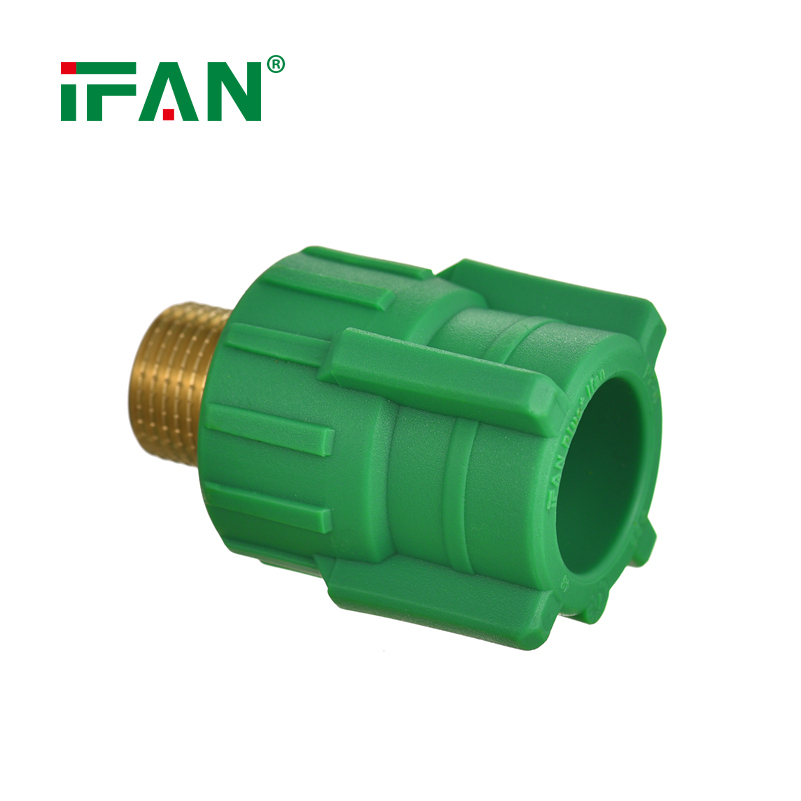
- Material Properties :
PPR pipes and fittings are made from a type of thermoplastic known as polypropylene random copolymer. This material offers several advantages for hot water applications. Firstly, PPR pipes have excellent thermal resistance, allowing them to withstand high temperatures without deformation or degradation. They can handle hot water temperatures up to 95°C (203°F) or even higher, depending on the specific grade of PPR used.
Secondly, PPR pipes and fittings exhibit superior corrosion resistance. They are highly resistant to chemical reactions, ensuring that the hot water flowing through the system does not cause any degradation or contamination. This makes PPR pipes suitable for a wide range of hot water applications, including residential, commercial, and industrial settings.
Additionally, PPR pipes have low thermal conductivity, which helps to minimize heat loss during the transportation of hot water. This property improves energy efficiency and reduces the overall operating costs of the hot water system.
- Pressure and Temperature Ratings:
When selecting PPR pipes and fittings for hot water applications, it is crucial to consider their pressure and temperature ratings. PPR pipes are available in different pressure classes, typically ranging from PN10 to PN25. The pressure rating indicates the maximum allowable operating pressure for the pipes and fittings. It is essential to choose pipes and fittings with a pressure rating that meets or exceeds the requirements of the hot water system.
Similarly, the temperature rating is an important consideration. PPR pipes are designed to withstand specific temperature ranges, and exceeding these limits can lead to pipe failure or reduced performance. It is advisable to select PPR pipes and fittings with a temperature rating suitable for the intended hot water application.
- Chemical Resistance :
PPR pipes and fittings offer excellent chemical resistance, making them suitable for hot water systems that may come into contact with various chemicals, detergents, and cleaning agents. They are resistant to most acids, alkalis, and organic solvents, ensuring the integrity and longevity of the piping system.
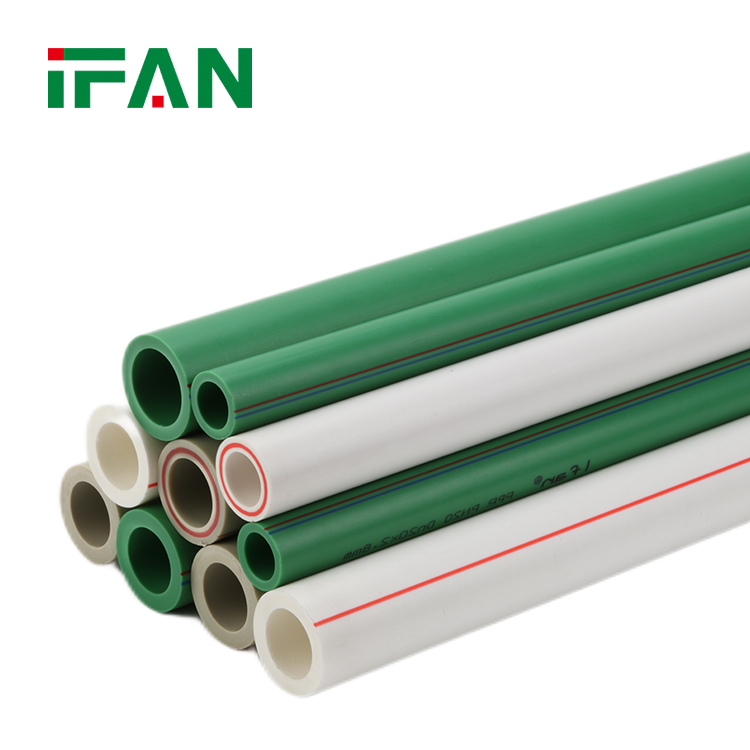
However, it is essential to consider the specific chemicals that will be present in the hot water system and verify their compatibility with PPR materials. In some cases, additional measures such as protective coatings or barrier layers may be necessary to ensure optimal chemical resistance.
- Installation Requirements:
Proper installation is crucial for the performance and longevity of PPR pipes and fittings in hot water applications. Some key installation considerations include:
- Thoroughly cleaning and preparing the pipe ends before joining them with fittings.
- Using appropriate tools and techniques for pipe cutting and jointing.
- Ensuring proper alignment and support of the pipes to prevent stress and strain.
- Following manufacturer guidelines for fusion or mechanical jointing methods.
- Allowing sufficient time for the joints to cool and solidify before pressurizing the system.
It is recommended to engage professional installers or contractors experienced in working with PPR pipes to ensure a reliable and leak-free installation.
- Maintenance Considerations :
PPR pipes and fittings require minimal maintenance in hot water applications. However, regular inspections and preventive measures can help prolong their lifespan and ensure optimal performance. Some maintenance considerations include:
- Periodically checking for leaks or signs of damage.
- Flushing the system to remove any sediment or debris.
- Insulating the pipes in colder climates to prevent heat loss.
- Monitoring and maintaining the proper pressure and temperature levels.
- Promptly addressing any issues or repairs to prevent further damage.
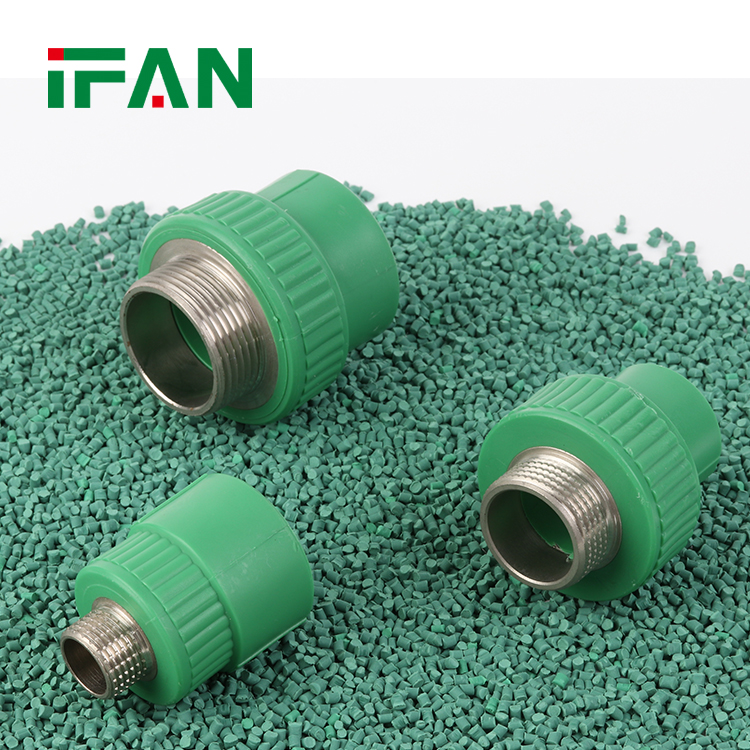
Conclusion:
Selecting the right PPR pipes and fittings for hot water applications is crucial to ensure a reliable and efficient plumbing system. Considerations such as material properties, pressure and temperature ratings, chemical resistance, installation requirements, and maintenance play a vital role in the selection process. By choosing high-quality PPR pipes and fittings and following proper installation and maintenance practices, you can enjoy the benefits of a durable, corrosion-resistant, and long-lasting hot water system.


